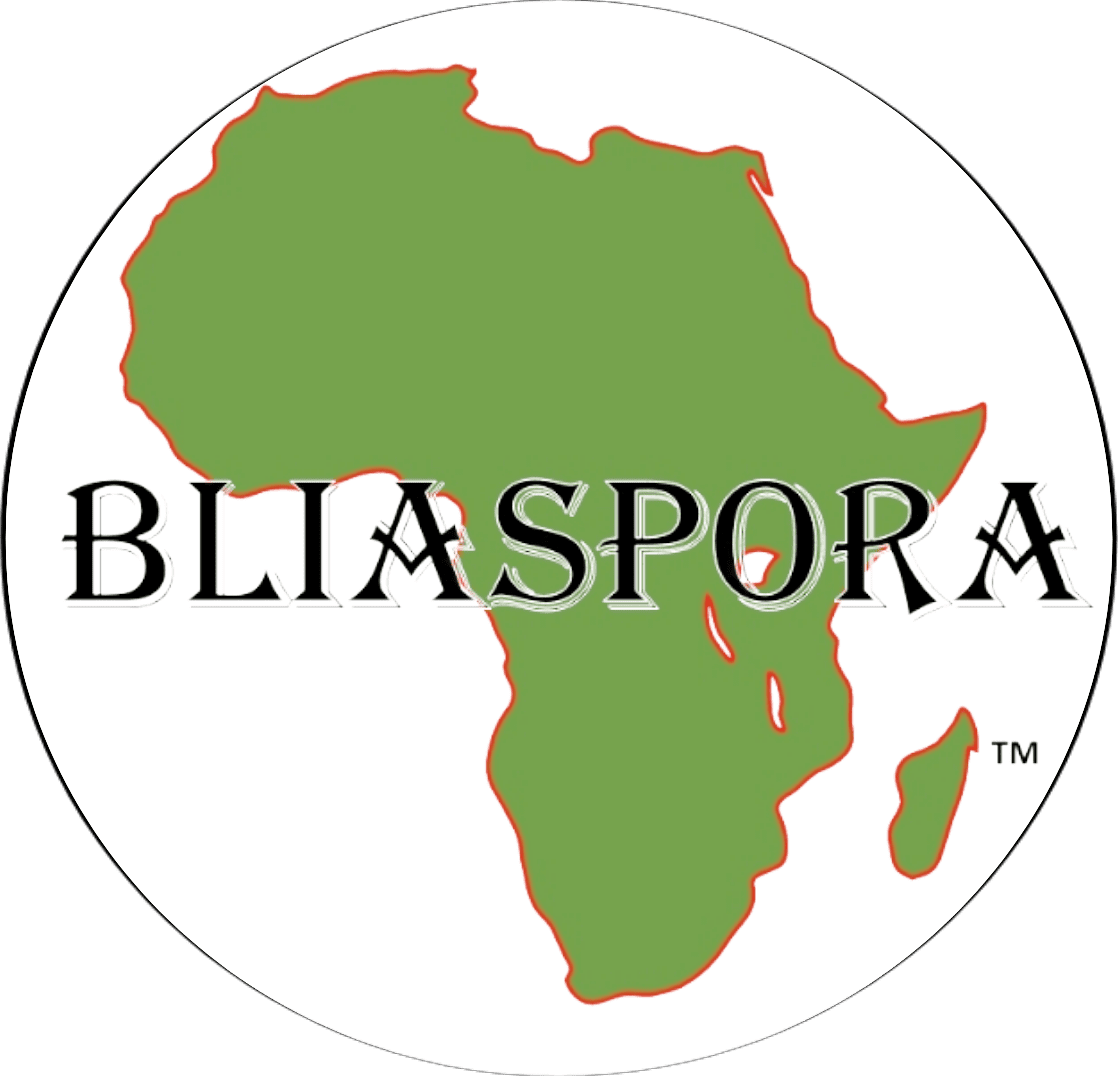Approximately 105 miles south of Florida and the largest Caribbean island, Cuba, is a former Spanish Colony, prior to Spanish settlement the island was inhabitated by the Taino, Guanahatabey, and Ciboney people. Slavery in Cuba began earlier in the United States by the late 1500’s there were slaves already on the island it was not until the demand of sugar that the number of slaves increased dramatically.
Between 1763 and 1860 the island’s population increased from less than 150,000 to more than 1,300,000. The number of slaves also increased dramatically, from 39,000 in the 1770s to some 400,000 in the 1840s—roughly one-third of the island’s population. In the 19th century Cuba imported more than 600,000 African slaves, most of whom arrived after 1820, the date that Spain and Great Britain had agreed would mark the end of slave trading in the Spanish colonies. Cuban plantation owners were among those who insisted on continuing the slave trade, despite the controversies raised between the Spanish and British governments.” https://www.britannica.com/place/Cuba/Sugarcane-and-the-growth-of-slavery
By 1850 Cuba consisted of four-fifths of the worlds sugar production, these booms of sugar production created an enormous amount of wealth for the plantation owners. To aid in the production of sugar despite having slaves, plantation owners imported Mexican Indians and Chinese to assist as indentured servants. The African Slave Trade did not end until 1865 but Cuba did not abolish slavery until 1886. In 1895 Cuba began to rebel against Spain where they sent nearly 200,000 troops to the island. Approximately three years after the rebellion against Spain the United States sent Battleship Maine to Cuba where it exploded in Havana harbor killing about 75 percent of the crew. After the conclusion that Spain had a hand in the sinking of the Maine, the United States and Spain declared war in April 1989. Cuba did not receive independence from Spain until 1898 with the involvement of the United States. The United States swiftly defeated the Spanish in months and ceased possession of Guam, The Philippines, and Puerto Rico from Spain after the signing of the Treaty of Paris

The Republic of Cuba was founded on May 20, 1902 which lasted until 1959 when Fidel Castro came into power. Castro was the primary opposing party to then president Fulgencio Batista. Fidel Castro’s forces along with Argentinian Revolutionary Che Guevara fought a guerrilla warfare approach to defeat Batista’s regime. Castro turned legalized a communist government in retaliation the United States were swift with their sanctions against the island nation. Between 1960-64 the U.S. placed a total ban on trade between the two nations and froze Cuban owned assets in the United States.
In March 1960, U.S. President Dwight D. Eisenhower gave his approval to a CIA plan to arm and train a group of Cuban refugees to overthrow the Castro regime. The invasion (known as the Bay of Pigs Invasion) took place on 14 April 1961, during the term of President John F. Kennedy. About 1,400 Cuban exiles disembarked at the Bay of Pigs, but failed in their attempt to overthrow Castro. In January 1962, Cuba was suspended from the Organization of American States (OAS), and later the same year the OAS started to impose sanctions against Cuba of similar nature to the U.S. sanctions. The Cuban Missile Crisis occurred in October 1962. By 1963, Cuba was moving towards a full-fledged Communist system modeled on the USSR. https://en.wikipedia.org/wiki/Cuba#Revolution_and_Communist_party_rule_(1959%E2%80%93present
After the revolution under Castro discrimination of Afro-Cubans in theory was suppose to stop but it did not. The government and culture remained Eurocentric, poverty plagued Afro-Cubans, while the prison system contained about 70% blacks. Like in the United States the culture of the United States is heavily contributed by African Americans the same can be said in Cuba, where the culture is derived from the Afro-Cuban population. Afro Cuban Music can be contributed to not only a source of culture to Cuba but to Latin America as well.
- Additional Information: History of Afro-Cuban Music


*Note: (Folk) Santeria is a blend of some African traditional practices and Christianity. Its adherents make up approximately 12% of the entire Cuban population. It draws from aspects of the Yoruba culture mixed up with Roman Catholicism. It found its way to Cuba through the slaves that got transported from West Africa to work in the various plantations in Cuba and other Western countries. Santeria has allowed the communities to keep their traditional beliefs while appearing to practice Catholicism.
https://www.worldatlas.com/articles/religious-beliefs-in-cuba.html
